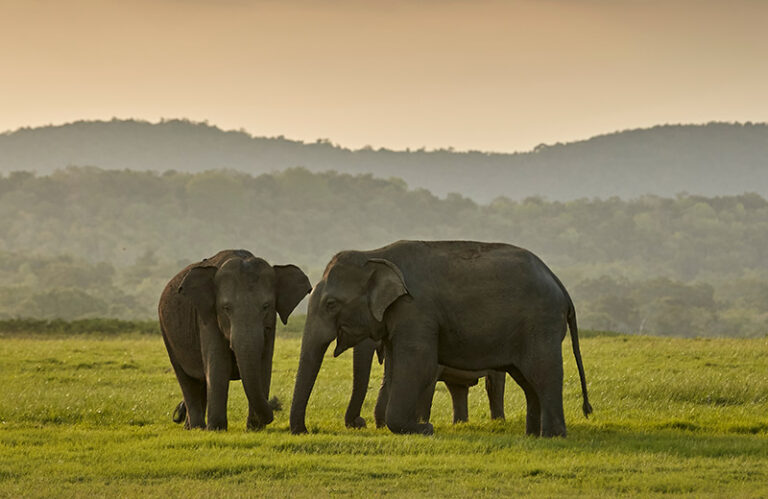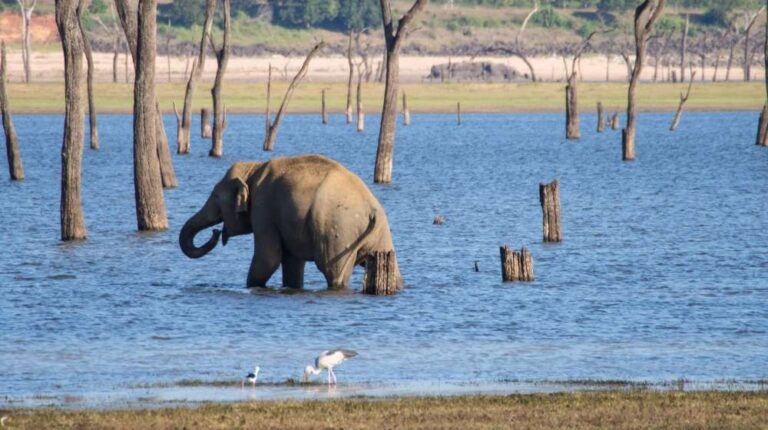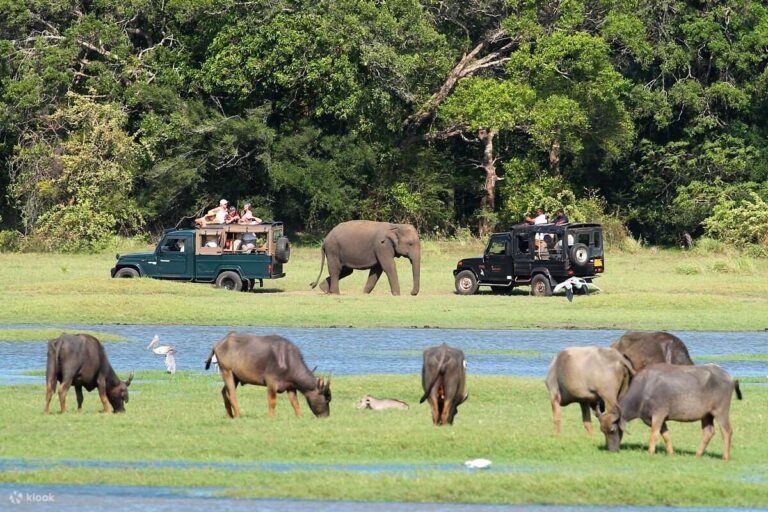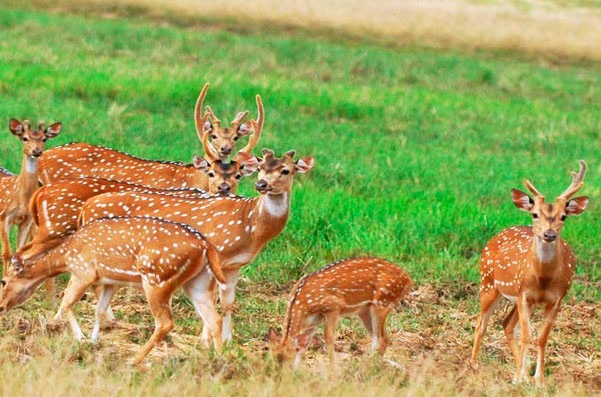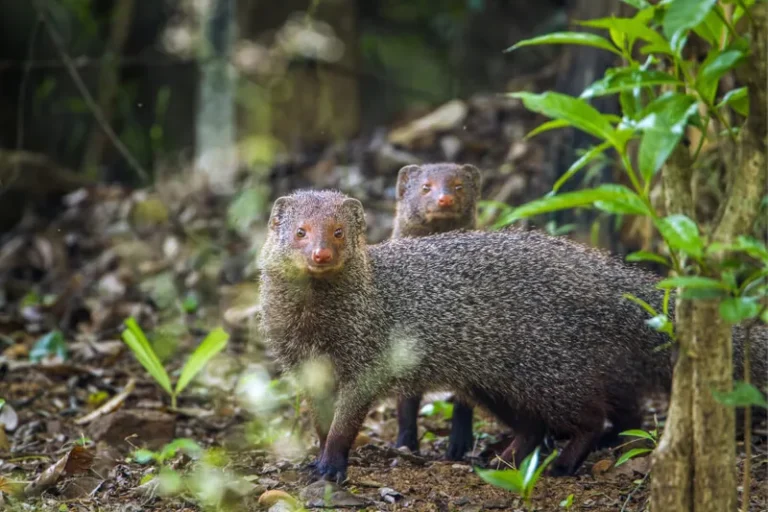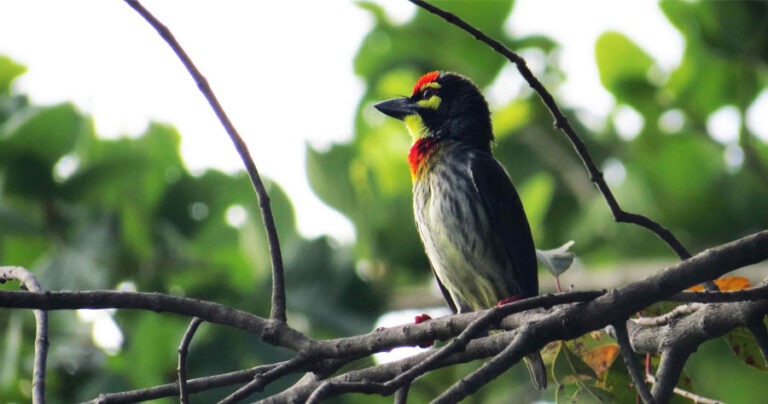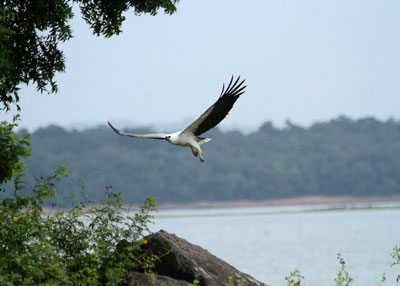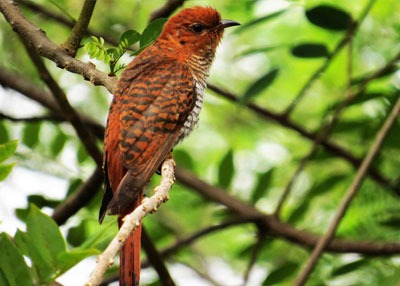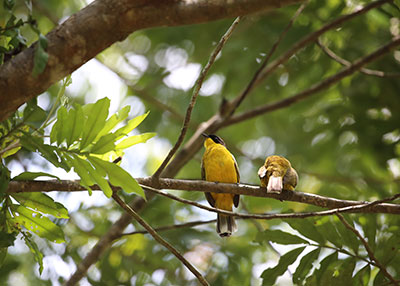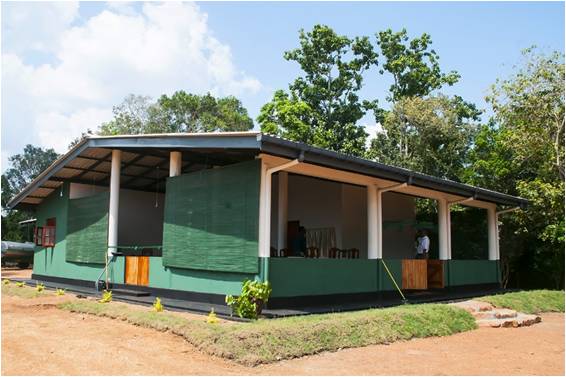Minneriya National Park has a single main entrance known as the Moragaswewa Gate, located on the Habarana–Polonnaruwa (A11) road, roughly 9 kilometers from Habarana town. This entrance serves as the primary access point for all safari vehicles entering the park. At the gate, visitors or jeep operators can handle ticketing, vehicle registration, and obtain guidance from the Department of Wildlife Conservation staff. All jeep safaris begin and end here, and entry is strictly regulated to ensure the protection of wildlife and habitats. During the peak season between July and October, early arrival or advance booking is recommended, as the park experiences a high influx of visitors coming to witness the famous Elephant Gathering.

Your Gateway to the Nature's Finest Moments...

